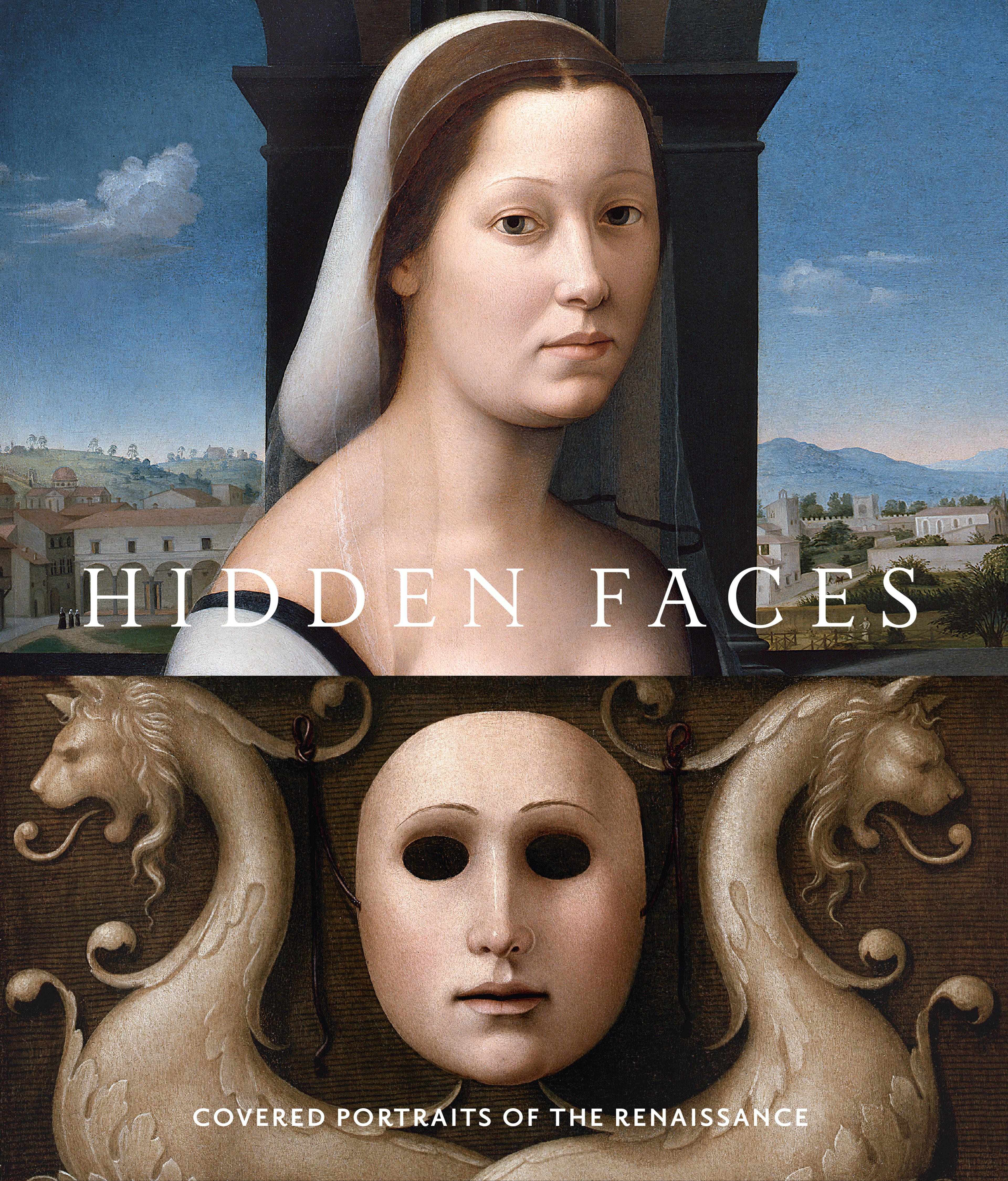Portrait of a Man with a Rosary
This portrait is one wing of a dismantled triptych in which paintings of a man and a woman flanked a now-lost central panel, perhaps depicting the Virgin and Child. The young, well-dressed sitter appears to offer a silent prayer as he counts the beads of the rosary held in his left hand. The man’s ring, bearing the coats of arms of two aristocratic Dutch families, suggests that he came from the Netherlands. Cranach probably painted this portrait during his visit there in 1508.
Artwork Details
- Title:Portrait of a Man with a Rosary
- Artist:Lucas Cranach the Elder (German, Kronach 1472–1553 Weimar)
- Date:ca. 1508
- Medium:Oil on oak
- Dimensions:18 3/4 x 13 7/8 in. (47.6 x 35.2cm)
- Classification:Paintings
- Credit Line:H. O. Havemeyer Collection, Bequest of Mrs. H. O. Havemeyer, 1929
- Object Number:29.100.24
- Curatorial Department: European Paintings
More Artwork
Research Resources
The Met provides unparalleled resources for research and welcomes an international community of students and scholars. The Met's Open Access API is where creators and researchers can connect to the The Met collection. Open Access data and public domain images are available for unrestricted commercial and noncommercial use without permission or fee.
To request images under copyright and other restrictions, please use this Image Request form.
Feedback
We continue to research and examine historical and cultural context for objects in The Met collection. If you have comments or questions about this object record, please contact us using the form below. The Museum looks forward to receiving your comments.
